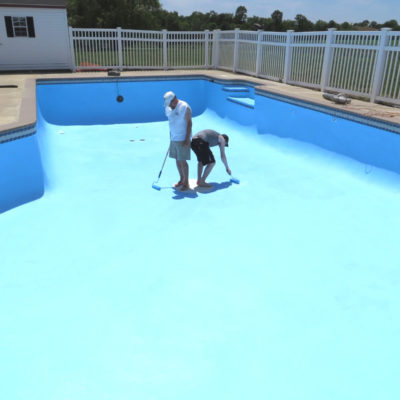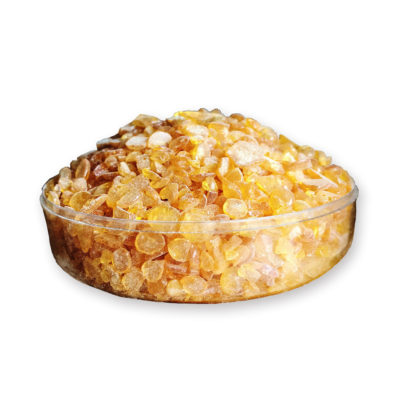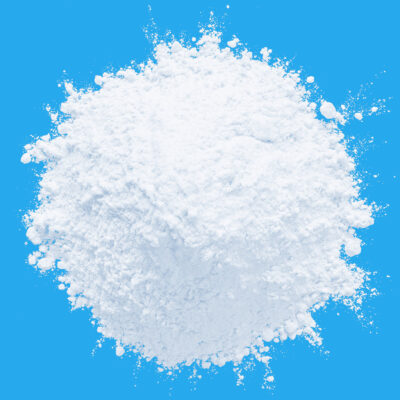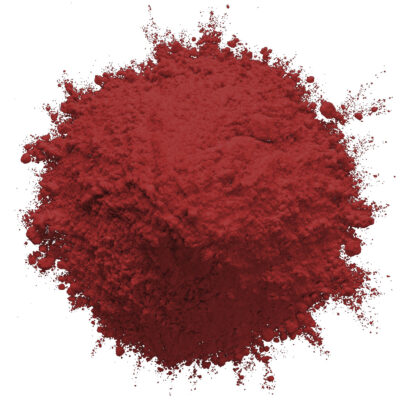Chlorinated rubber is an elastomer (natural rubber or a polyolefin) to which 65% of chlorine has been added to give a solid film-forming resin. Chlorinated rubber is a non-flammable white powder chemical substance that is formed by reacting carbon tetrachloride with chlorine. It has increased hardness and decreased reactivity with most chemicals, making it ideal for use as a protective barrier against corrosion on metal surfaces.
With strong heat and water resistance properties, chlorinated rubber paint makes an excellent solution in areas exposed to chemicals, urine or sewage waste.
Chlorinated rubber is used for coatings, maintenance paints, traffic marking, swimming pool paint, adhesives and fire retardants.
It’s a Good Insulator
Chlorinated rubber paint is a solvent-based coating designed to provide a hardwearing surface resistant to water and heat, ideal for outdoor environments exposed to extreme conditions. Furthermore, its chemical and abrasion resistance makes it suitable for industrial uses.
Rubber is an effective insulator due to the fact that its tightly bound electrons prevent electricity from freely traveling across its surface. However, not all rubbers make good insulators; some may possess poor electrical properties.
It’s a Good Lubricant
Chlorinated rubber paint is a hard-wearing coating suitable for many environments, from dairy parlours and silage pits to sewer installations and even aquatic environments such as lakes. Additionally, its acid and alkali resistance makes it particularly popular.
Chlorinating latex can be done using radical initiators or active rays, or both, and is usually conducted between 40 and 90 degC to protect the material from being damaged during chlorination.
The chlorination process also removes so-called double bonds from latex’s carbon backbone, which are known to break down and shorten its longevity. By chlorinating rubber with chlorine up to 70% of these double bonds can be eliminated – making chlorinated rubber more durable and decreasing allergenic properties of latex rubber.
It’s an Anti Corrosive
CR 20 is a chlorinated rubber compound with excellent chemical stability and salt water resistance, weather resistance, adhesion to steel and concrete surfaces and compatibility with various resins and plasticizers – perfect as a binder in anticorrosion paints as well as ship, marine traffic and fire retardant paints.
The chlorination process begins by using either radical initiators or active rays as initiating agents, followed by chemical neutralization and hydraulic analysis steps. Once chlorinated rubber has formed, it is isolated through precipitation with methanol; its thermal decomposition temperature typically sits around 130 degrees in dry environments but only 60 degrees in humid ones.
It is a Quality Paint
Chlorinated rubber paint is a durable coating designed for surfaces exposed to high levels of heat and moisture, as well as chemical damage, making it an excellent choice for swimming pools and artificial ponds. When applied over suitable primer, chlorinated rubber paint has become one of the go-to choices when painting swimming pool walls.









Leave a Reply